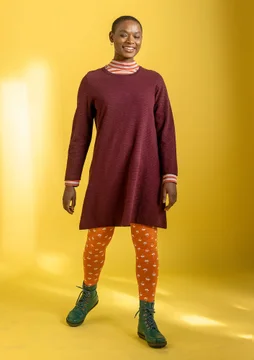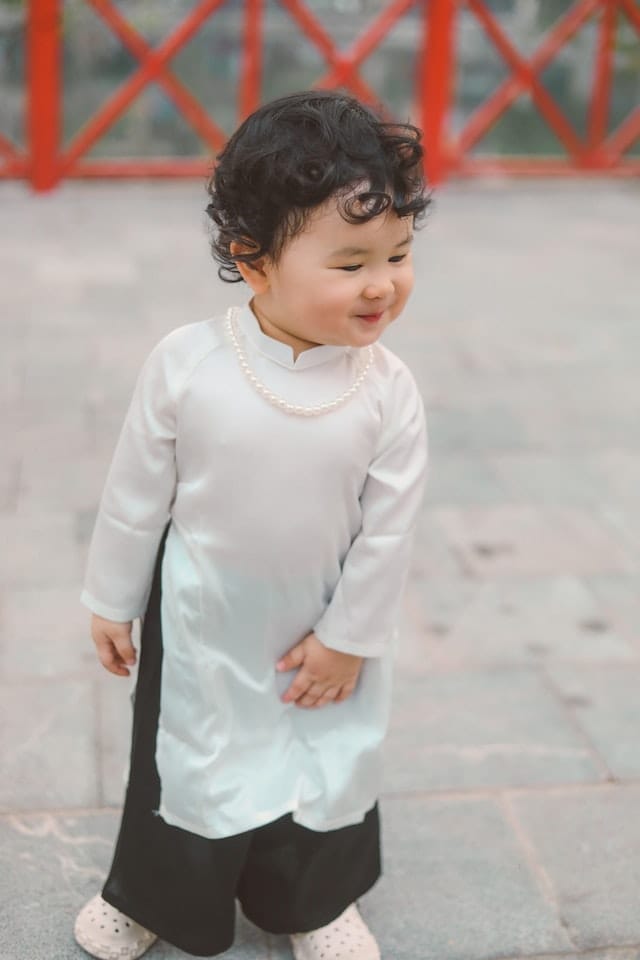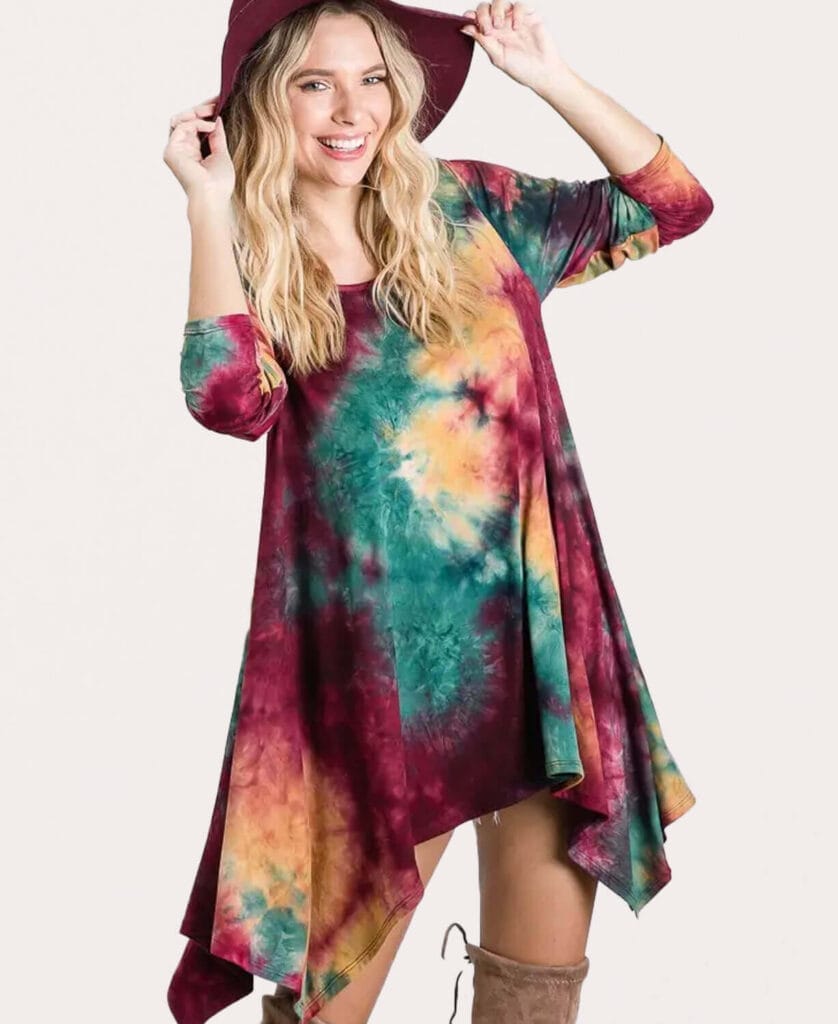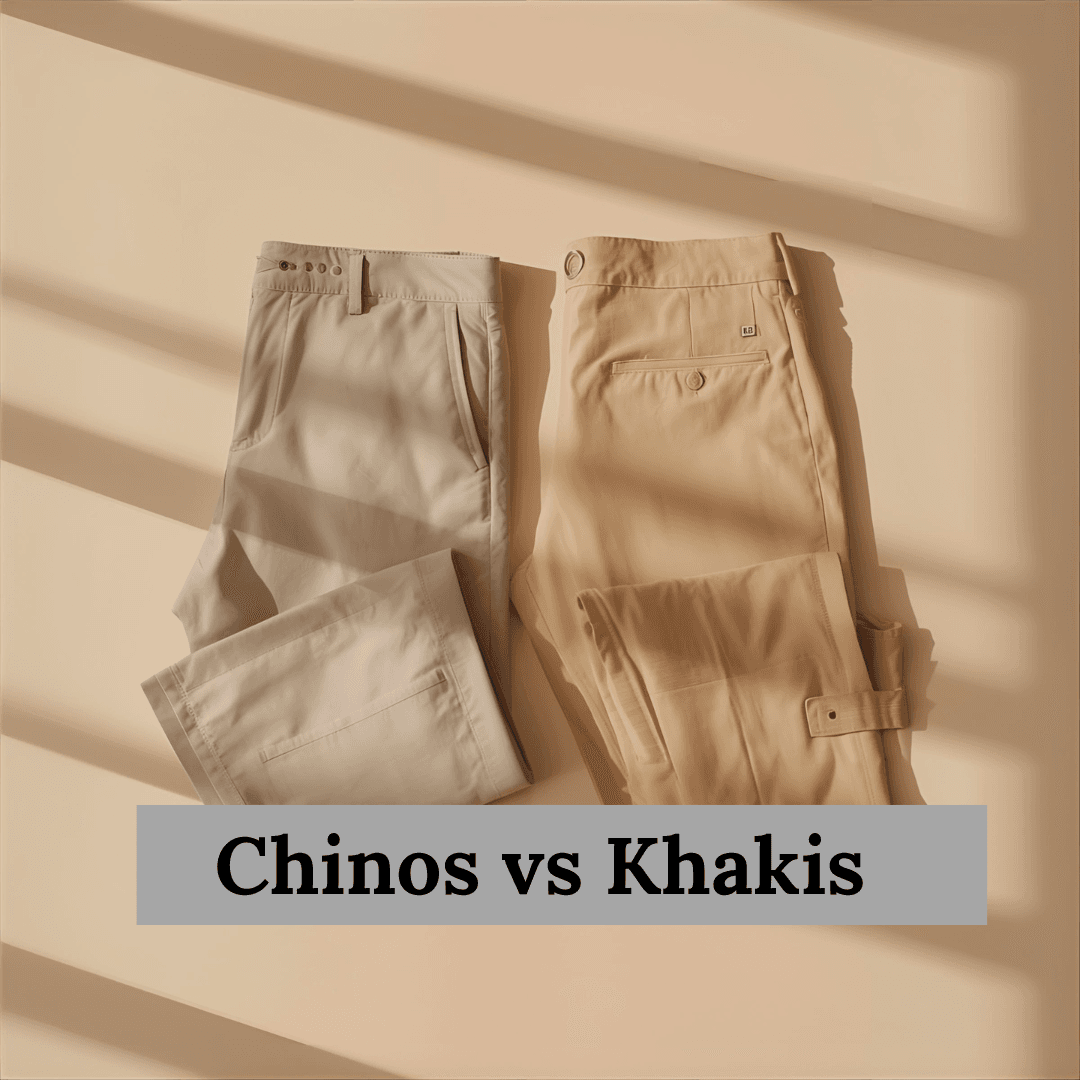Fashion has always been a reflection of culture, history, and personal style.
While trends come and go, certain garments withstand the test of time, becoming staples in our wardrobes. The tunic is one such timeless piece of clothing.
From its ancient origins to its modern interpretations, tunics have remained relevant and beloved in the world of fashion.
In this article, we’ll explore the history, versatility, and enduring appeal of tunic.
Table of Contents
Ancient Origins
The tunic’s history can be traced back thousands of years. It was a fundamental garment in the wardrobes of various ancient civilizations, including the Greeks, Romans, Egyptians, and Mesopotamians.
The tunic’s design was simple yet practical, consisting of a loose, knee-length or ankle-length garment with short sleeves. Its functionality made it the go-to choice for people from all walks of life, from laborers to nobility.

The Tunic in Ancient Greece and Rome
In ancient Greece, the chiton, a type of tunic, was a common garment. It was typically made from lightweight fabrics like linen and draped gracefully around the body.
Women’s tunic often featured intricate pleating and was belted at the waist, while men’s tunic was simpler in design.

The Roman tunic, known as the tunica, played a significant role in Roman fashion. It was a symbol of citizenship and social status, with variations in design denoting a person’s rank.
Roman soldiers, for example, wore a tunic called the subligaculum, while senators donned the tunica laticlavia, distinguished by its broad purple stripe.
Medieval and Renaissance Influence
The tunic continued to evolve throughout the Middle Ages and the Renaissance. During these periods, tunic became more elaborate and was often layered with other garments, such as robes and cloaks.
The use of rich fabrics, embroidery, and intricate detailing became common, reflecting the opulence of the times.

Versatile Modern Appeal
Today, tunics have transcended their historical roots to become a versatile and stylish fashion choice for people of all genders and ages. Here are some reasons for their enduring appeal:
Comfort:
Tunic is renowned for their comfort. They offer a relaxed fit that allows for ease of movement, making them perfect for both casual and active wear.
Whether you’re running errands, lounging at home, or going for a leisurely stroll, a tunic provides unmatched comfort.

Versatility:
Tunics are incredibly versatile. They can be dressed up or down, making them suitable for a wide range of occasions.
Pair a tunic with leggings or skinny jeans for a casual look, or dress it up with heels and accessories for a more formal event.
Flattering Silhouette:
The loose fit of a tunic is universally flattering. It drapes elegantly over the body, concealing imperfections and providing a flattering silhouette. This makes tunic a great choice for individuals of all body types.
All-Season Wear:
Tunics are seasonless. They can be worn in every season, either as a standalone piece in warm weather or layered with other clothing items in colder months.
The variety of fabrics available, from lightweight cotton to warm wool, ensures you can find a tunic suitable for any weather.

Timeless Style:
The timeless quality of tunic ensures they never go out of fashion. While trends may come and go, the classic design of a tunic remains a staple in many wardrobes.
Why Are Tunics a Must-Have in Every Wardrobe?
Tunics have become a wardrobe essential for their unmatched versatility and timeless appeal. Here’s why everyone loves this fashion staple:
- Universally Flattering: Tunic suits all body types, offering a relaxed fit that drapes beautifully.
- Perfect for Every Occasion: Whether for casual outings, workwear, or formal events, tunic can be styled to match the occasion.
- Seasonless Appeal: Tunic work year-round. Opt for lightweight materials in summer or cozy fabrics like wool during winter.
- Easy Styling: Pair them with leggings, jeans, or skirts. Accessories like belts, scarves, and jewelry enhance the look.
- Comfort Meets Style: They strike the perfect balance between fashionable and functional, offering comfort without compromising on style.
How Have Tunics Evolved Over the Centuries?
Tunics have a rich history, transforming from ancient utility garments to modern fashion staples. Here’s a quick timeline of their evolution:
- Ancient Times: Worn by civilizations like the Greeks and Romans for their practicality and simplicity.
- Middle Ages: Tunic became more ornate with embroidery, rich fabrics, and layering.
- Renaissance: Tunic reflected opulence and social status through intricate detailing.
- Modern Era: Tunic has been reimagined in various styles, from minimalist designs to high-fashion pieces, catering to all tastes.
Their journey highlights the tunic’s adaptability and relevance across centuries.
What Makes Tunics the Ultimate Blend of Style and Comfort?
Tunics are the perfect combination of comfort and elegance. Here’s what makes them so appealing:
- Breathable Fabrics: Modern tunics are made with materials like cotton, linen, and silk that prioritize comfort.
- Variety of Designs: Available in a range of patterns, lengths, and cuts to suit every personal style.
- Layering Options: Tunic can be layered with jackets, cardigans, or coats for a chic, weather-appropriate look.
- Travel-Friendly: Lightweight and wrinkle-resistant tunic make excellent travel companions.
Whether you’re lounging at home or stepping out, tunic deliver effortless style.
Conclusion
The tunic’s journey through history is a testament to its enduring appeal. From its humble origins in ancient civilizations to its current status as a versatile fashion staple, tunic has proven their staying power.
Whether you’re drawn to their comfort, versatility, or timeless style, tunics are a testament to the idea that some fashion classics are here to stay.
So, the next time you reach for your favorite tunic, remember that you’re embracing a piece of history while making a stylish statement in the modern world.
FAQs
What is the origin of tunic in fashion history?
Tunic originated in ancient civilizations such as Greece, Rome, and Mesopotamia. They were designed as simple, functional garments for people across all social classes.
How can I style a tunic for different occasions?
For casual wear, pair tunics with leggings or denim. For formal events, opt for embellished or silk tunics and accessorize with statement jewelry and heels.
Are tunics suitable for all body types?
Yes, tunics are universally flattering. Their loose, flowing design helps create a balanced silhouette, making them ideal for all shapes and sizes.
Can tunics be worn throughout the year?
Absolutely! Choose lightweight fabrics like cotton or linen for summer and warmer materials like wool for winter. Tunics are versatile for all seasons.
What fabrics are commonly used to make tunics?
Tunics are made from a variety of fabrics, including cotton, linen, silk, wool, and even blends like rayon or polyester, depending on their purpose and season.
Why are tunics considered timeless?
Tunics have transcended eras and fashion trends due to their adaptability, comfort, and simple elegance. They blend history with modernity, making them a perennial wardrobe favorite.








Leave a Reply